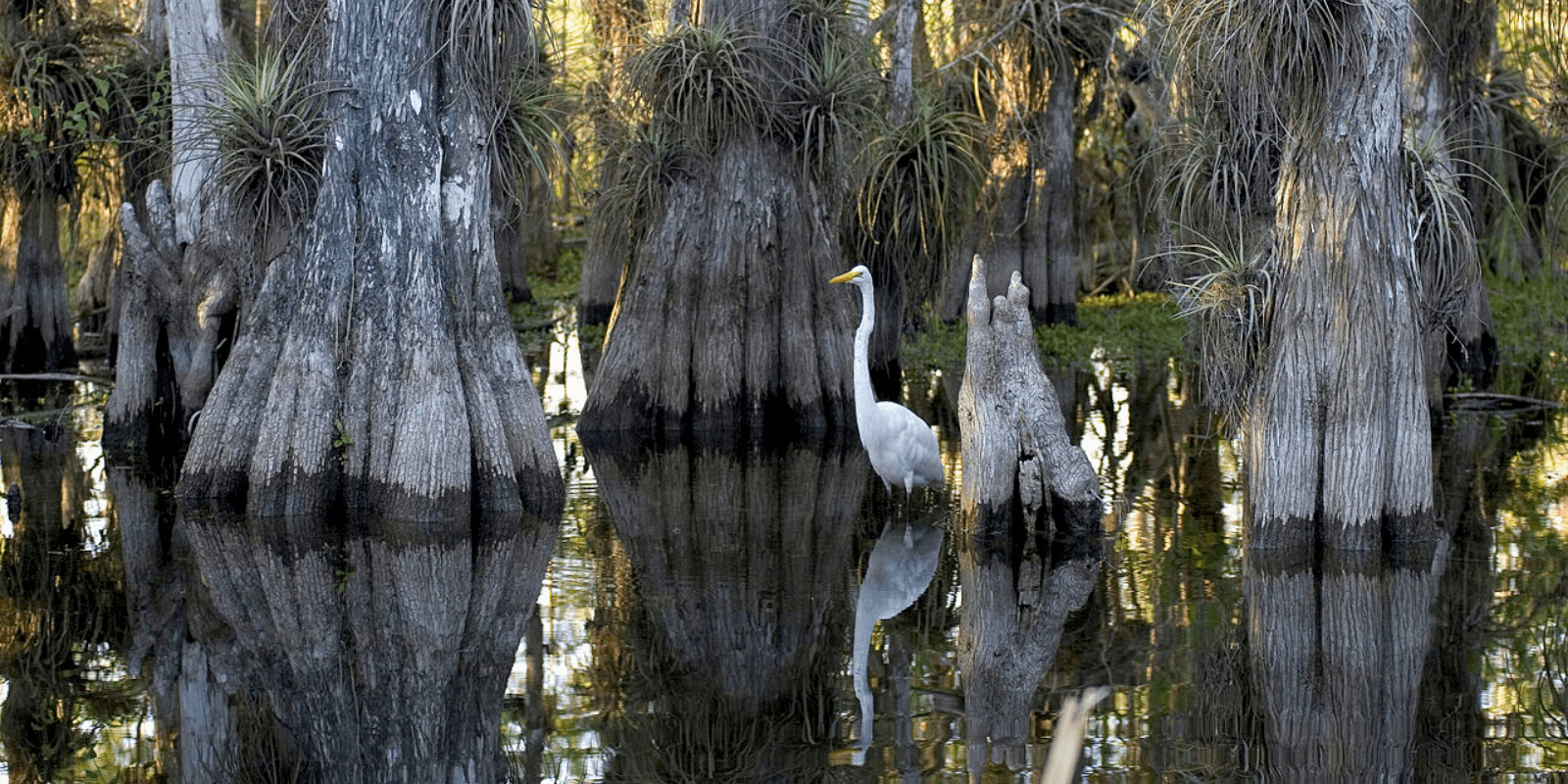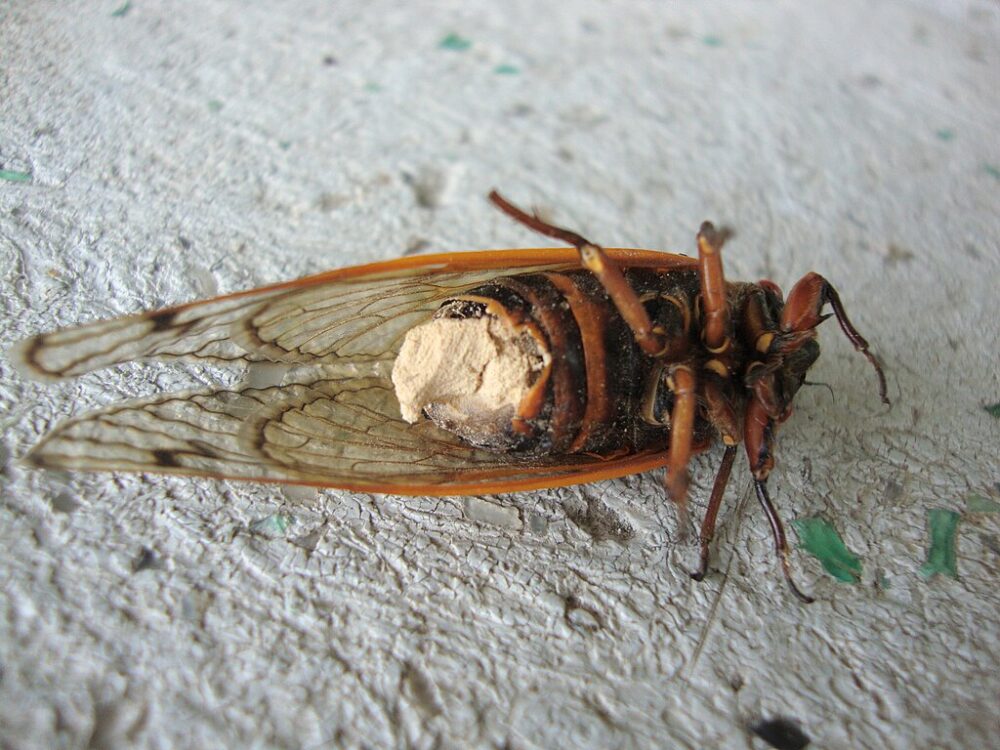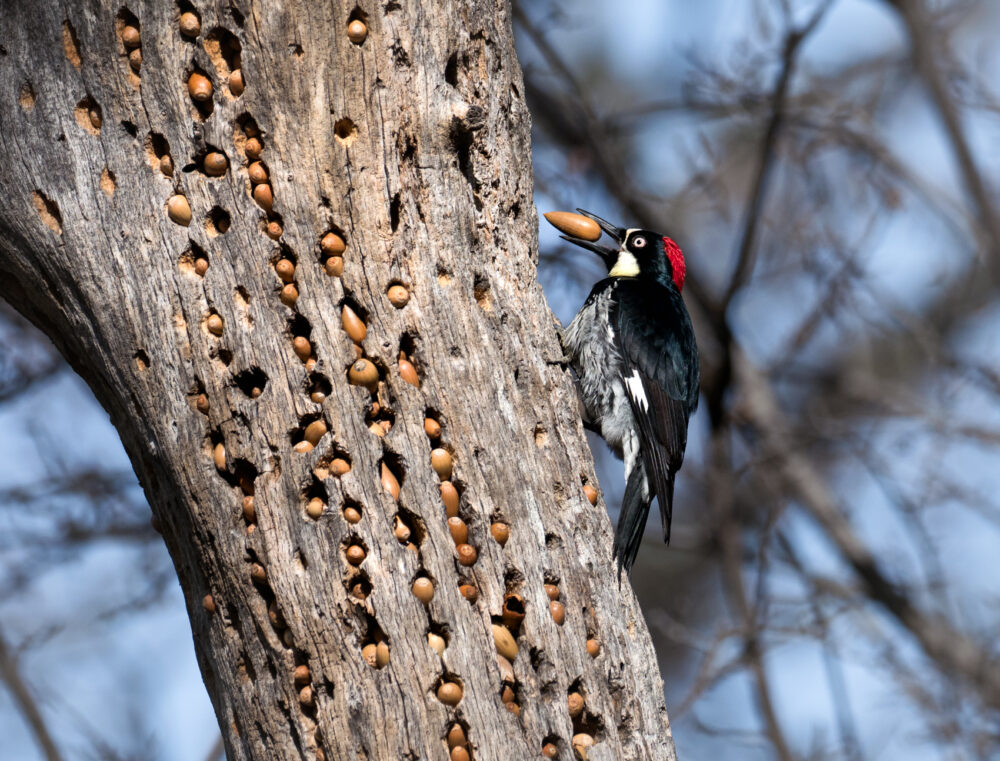We have much more to do and your continued support is needed now more than ever.
8 Facts You Didn’t Know About America’s Everglades — And Why We Must Restore this Incredible Place

America’s Everglades is a subtropical wetland ecosystem spanning 1.5 million acres across south Florida. Known as a biodiversity hotspot, the Everglades is filled with an abundance of wildlife and is surrounded by numerous human communities, including the cities of Miami and Fort Lauderdale.
The Everglades is a unique landscape, unlike any other in the world. Only the Everglades combines a subtropical climate, numerous distinct habitat types and an extraordinary array of species in such a diverse, yet vulnerable ecosystem. This national treasure faces an array of threats, including invasive species, climate change and reduced water flows, that must be addressed if we are serious about preserving one of the most biodiverse areas in the world. The IUCN listed the Everglades National Park’s conservation outlook as critical in 2017, stating that unless key restoration projects are completed in the park, especially efforts that allow for natural flow of clean water through the area, the essential qualities and habitat of the park will continue to be lost.
Below are eight facts about America’s Everglades that not only illustrate its uniqueness, but also highlight why we should want to protect it.
The Everglades is…
#1: One of the largest wetlands in the world — but used to be much larger
Only 200 years ago, this “river of grass” slowly flowed across nearly one third of Florida. The Everglades historically covered approximately three million acres, stretching from headwaters in the Kissimmee River into Lake Okeechobee, through what is now Everglades National Park, and emptying into Florida Bay.
Today, however, less than half of the historic Everglades ecosystem remains, due to decades of draining wetlands and reclaiming land for agriculture and urban development. The remaining 50 percent, including Everglades National Park and Florida Bay, has been cut off from Lake Okeechobee and is no longer receiving enough clean, fresh water. Key restoration projects aim to reconnect the flow of water through South Florida to ensure that the remaining Everglades ecosystem can get enough clean water to sustain Florida’s wildlife, drinking water and economy.
#2: The largest remaining subtropical wilderness left in North America
The Everglades is situated between temperate North America and the tropical Caribbean. This subtropical environment is home to flora and fauna from both climate types and is the ideal location for a diverse array of habitats. Nine distinct types of ecosystems have been identified within the Everglades National Park, including cypress, freshwater marl prairie, freshwater slough, coastal lowlands, mangrove, pinelands, hardwood hammock, marine and estuarine.
NWF Photo Contest, Lee Ellsworth.
#3: Composed of the largest contiguous stand of protected mangroves in the Northern Hemisphere
The Everglades National Park contains the largest intact stand of protected mangrove forest in the hemisphere. Mangrove forests are found in the coastal channels and rivers within South Florida. Red mangroves, with stilt-like roots, as well as black and white mangroves, thrive in the tidal waters of the park where freshwater from the Everglades mixes with saltwater. These mangroves are protected within the boundaries of the park.
The mangroves in the Everglades National Park are a vital habitat and nursery for a wide array of important marine species, such as wading birds and fish like the red drum and spotted seatrout, as well as for endangered and threatened species. Mangroves help maintain water quality, as well, by filtering pollutants and trapping sediment. These mangroves are also essential to humans as they protect the surrounding communities against the powerful winds and storm surge of hurricanes. Mangroves also help prevent erosion by stabilizing sediment with their complex root systems.
#4: Home to unique, rare and endangered species
The Everglades contains one of the highest concentrations of species vulnerable to extinction in the United States. Thirty-nine native Florida species found in the Everglades National Park are federally listed as threatened or endangered, or are candidates for listing under the Endangered Species Act (ESA) of 1973.
Some of the unique listed species found in the Everglades include the Florida panther, American crocodile, West Indian manatee, wood stork and snail kite. Seven of the listed species in the Everglades National Park are currently considered to be extirpated, meaning they are no longer present in the park, and two of the species, the Cape Sable seaside sparrow and the Florida leafwing butterfly, are only found in the park and its adjacent lands.
Nearly 300 species of fish, countless insects, 17 species of amphibians and more than 360 species of birds, 40 species of mammals and 50 distinct kinds of reptiles can be found in the Everglades National Park.
One species in particular, the elusive Florida panther, is a rare and unique sight in the Everglades. The Florida panther is the last subspecies of Puma still found in the eastern United States. It was once almost extinct, with only a dozen adults estimated in the wild, and the Everglades National Park is one of the few places you can see the now recovering population of approximately 120 to 230 adult Florida panthers.
Credit: Diana Berkofsky.
#5: The only place in the world where American alligators and American crocodiles coexist in the wild
Crocodiles typically live in saltwater habitats, and alligators are mainly found in freshwater marshes and lakes. These species typically inhabit different ecosystems, but in the Everglades, crocodiles and alligators can be found living together in the wild.
In the United States, there are more than 3 million alligators, but fewer than 2,000 crocodiles. The American crocodile was listed as an endangered species in Florida in 1975, as its population plummeted due to hunting and loss of habitat, and the American alligator is federally protected by the ESA as a threatened species. The American crocodile can only be found in the southernmost tip of Florida; whereas American alligators are found across Florida and Louisiana, as well as Georgia, Alabama, Mississippi, North and South Carolina, Texas, Oklahoma and Arkansas. Although these two species are close relatives, alligators have a broader U-shaped snout; while crocodiles have a more pointed, slender V-shaped snout. Alligators are also darker in appearance with black coloring, and crocodiles are typically a lighter, grayish brown.
Credit: Lee Ellsworth
#6: Invaded by Burmese pythons
The Burmese python is a nonvenomous snake native to the jungles and marshes of Southeast Asia. Pythons can also be found in Africa and Australia — and now Florida. Non-native Burmese pythons have established a breeding population in South Florida and are one of the most concerning invasive species in the Everglades National Park. Pythons were imported from Southeast Asia by the tens of thousands for the exotic pet trade, and escaped pets established a breeding population in Florida by the mid-1990s. It is illegal to import or purchase Burmese pythons in Florida now, but this species has already wreaked havoc on the state. Today, tens of thousands of pythons cover parts of South Florida, including Everglades National Park and Big Cypress National Preserve — and they’re spreading.
In their native habitat, pythons play an important role in controlling the populations of prey species. In Florida, however, pythons are killing important native species, such as songbirds, deer and alligators, at alarming rates. Scientists stated that pythons caused a recent 90 to 99 percent drop in the small mammal population in the Everglades National Park.
Since 2017, Florida has implemented a python action team and a python elimination program to trap and remove pythons from the state. Combined efforts from the Florida Fish and Wildlife Conservation Commission and the South Florida Water Management District have removed more than 3,600 invasive pythons from the Everglades since the programs began.
#7: Filled with dozens of species of mosquitoes —but they don’t all snack on humans!
There are an estimated 3,500 mosquito species worldwide, and 200 of those species are in the United States. Of those 200, about 80 of the species have been found in Florida — 33 of which are hazardous to humans and animals. At least 43 different species of mosquitoes are found just in the Everglades National Park, and 13 of these bite people.
A 2017 study by the University of Florida collected mosquitoes in the Everglades and analyzed what species they had bitten. Their research found that humans — and small mammals like raccoons, opossums and deer — were not the main targets of the sampled mosquitoes. Rather, they determined that the collected mosquitoes took 77 percent of their blood meals from the hispid cotton rat; whereas a 1979 study found that sampled mosquitoes only took 15 percent of their blood meals from the hispid cotton rat. Researchers have attributed this change in diet to the Burmese python, as this snake is eating the small mammals that mosquitos typically feed on. This change in diet to the hispid cotton rat raises concerns because that rat is the only known host of the Everglades Virus, which if spread to humans, can cause inflammation of the brain.
#8: Responsible for supplying drinking water for more than 8 million people
One out of every three Floridians relies on the Everglades for their drinking water supply. Water from the Everglades National Park drains into the Biscayne Aquifer, which supplies drinking water for Dade, Broward and Palm Beach County communities. Without the Everglades to “recharge” this aquifer, it could run dry or become contaminated by salt water, leaving millions of people without water.
A variety of restoration projects, as well as sustained investment and work, are needed to restore this habitat that is vital to humans and wildlife alike. Numerous conservation projects are currently in the works, including the Comprehensive Everglades Restoration Plan. This year, we have a major opportunity to secure historic funding to restore America’s Everglades and safeguard habitat for countless species, including the threatened wood stork and West Indian manatee. The House of Representatives recently passed a bill that invests $200 million for Everglades restoration. Now, it’s up to the Senate to pass a bill that makes the same historic investment in the Everglades. Tell your Senator to support investing in America’s Everglades today.
TAKE ACTION
To learn more about what is being done to protect this fragile ecosystem, as well as how you can help, visit https://www.vanishingparadise.org/restoration-solutions.





















